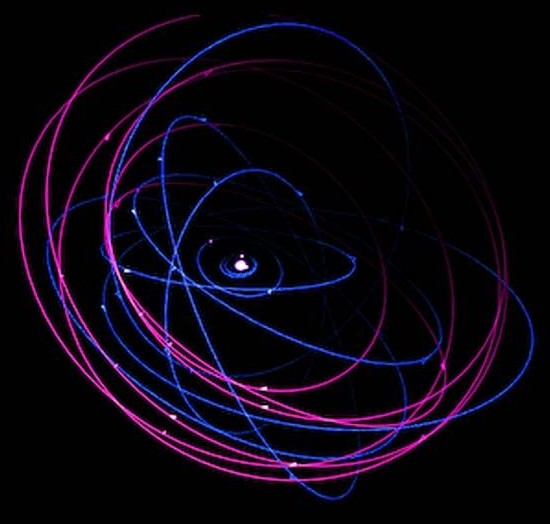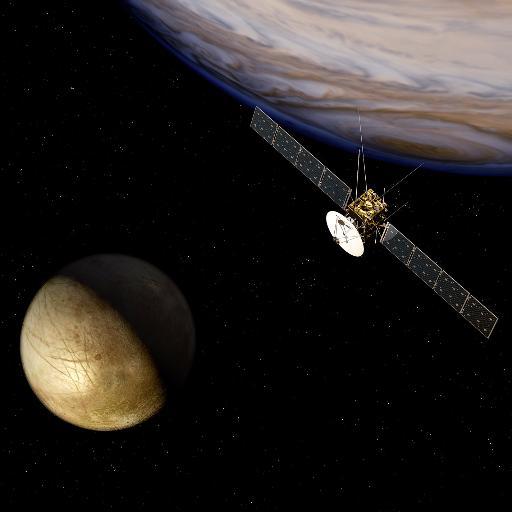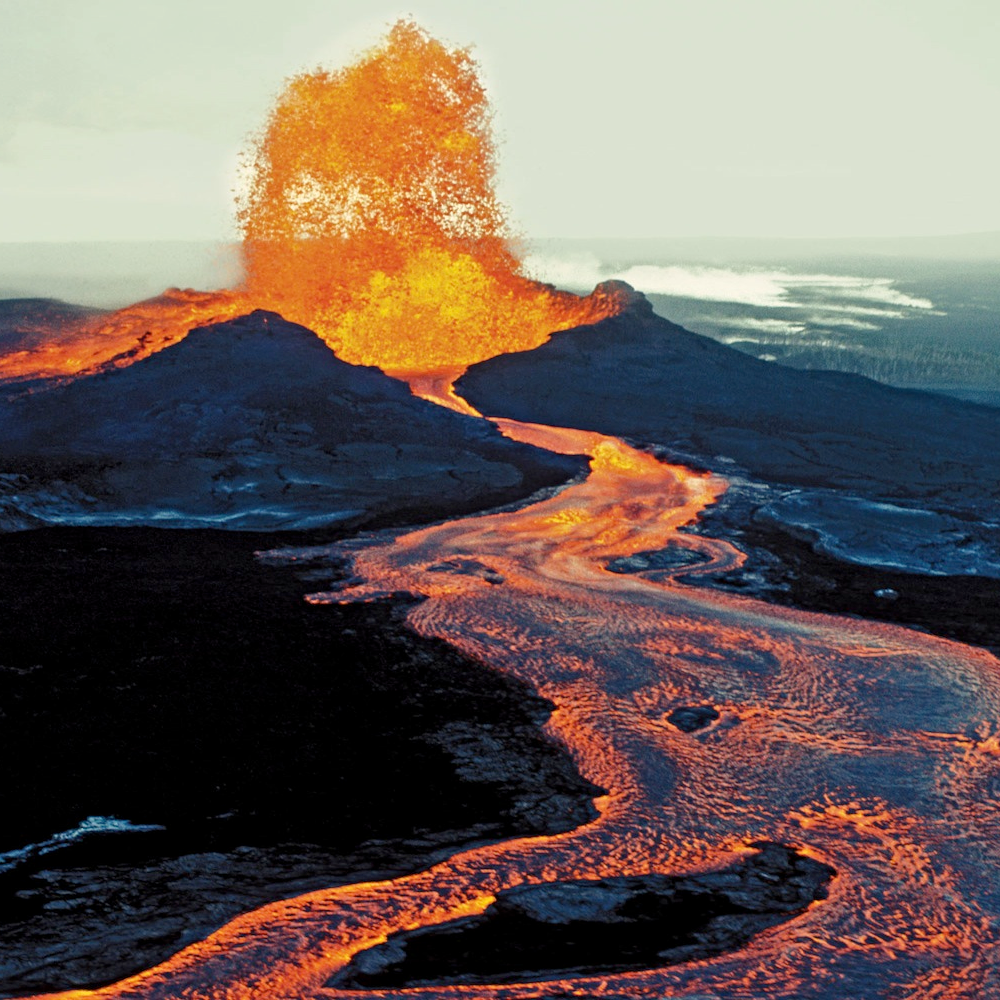Rossi M., Lari G., Falletta M., Grassi C., Gomes S.R.A., Saillenfest M. (2025) Capture and escape from the 2:1 resonance between Ariel and Umbriel in a fast-migration scenario of the Uranian system, Astronomy and Astrophysics xxx, yyy. DOI:https://doi.org/10.1051/0004-6361/202557461
Tortora P., Gramigna E., Lasagni Manghi R., Zannoni M, Park R.S., Tommei G., Le Maistre S., Karatekin O., Lari G., Paoli R., Mochi M., Caldiero A., Concari P., Scheeres D.J., Michel P., Kueppers M. (2025) The radio science experiment on Hera, Juventas and Milani, Space Science Reviews 221, 124. DOI: https://doi.org/10.1007/s11214-025-01253-8
Durante D., Cappuccio P., Di Stefano I., Zannoni M., Gomez Casajus L., Lari G., Falletta M., Buccino D.R., Iess L., Park R.S., Bolton S.J. (2024) Testing general relativity with Juno at Jupiter, The Astrophysical Journal 971, 145. DOI: https://doi.org/10.3847/1538-4357/ad5ff5
Lari G., Saillenfest M. (2024) The nature of the Laplace resonance between the Galilean moons, Celestial Mechanics and Dynamical Astronomy 136, 19. DOI: https://doi.org/10.1007/s10569-024-10191-6 (mentioned in this informative article)
Cuk M., El Moutamid M., Lari G., Neveu M., Nimmo F., Noyelles B., Rhoden A., Saillenfest M. (2024) Long-term evolution of the Saturnian system, Space Science Reviews 220, 20. DOI: https://doi.org/10.1007/s11214-024-01049-2
Lari G., Zannoni M., Durante D., Park R.S., Tommei G. (2024) Determination of Jupiter's pole orientation from Juno radio science data, Aerospace 11, 124. DOI: https://doi.org/10.3390/aerospace11020124
Lari G., Saillenfest M., Grassi C. (2023) Dynamical history of the Galilean satellites for a fast migration of Callisto, Monthly Notices of the Royal Astronomical Society 518, 3023-3035. DOI: https://doi.org/10.1093/mnras/stac3299
Saillenfest M., Rogoszinski Z., Lari G., Baillé K., Boué G., Crida A., Lainey V. (2022) Tilting Uranus via the migration of an ancient satellite, Astronomy and Astrophysics 668, A108. DOI: https://doi.org/10.1051/0004-6361/202243953 (see also informative articles: eng, eng2, ita)
Durante D., Guillot T., Iess L., Stevenson D. J., Mankovich C.R., Markham S., Galanti E., Kaspi Y., Zannoni M., Gomez Casajus L., Lari G., Parisi M., Buccino D.R., Park R.S., Bolton S.J. (2022) Juno spacecraft gravity measurements provide evidence for normal modes of Jupiter, Nature Communications 13, 4632. DOI: https://doi.org/10.1038/s41467-022-32299-9 (see also informative articles: eng, ita)
Lari G., Schettino G., Serra D., Tommei G. (2022) Orbit determination methods for interplanetary missions: development and use of the Orbit14 software, Experimental Astronomy 53, 159-208. DOI: https://doi.org/10.1007/s10686-021-09823-8
Saillenfest M., Lari G. (2021) Future destabilisation of Titan as a result of Saturn's tilting, Astronomy and Astrophysics 654, A83. DOI: https://doi.org/10.1051/0004-6361/202141467 (see also informative articles: eng, ita)
Saillenfest M., Lari G., Boué G., Courtot A. (2021) The past and future obliquity of Saturn as Titan migrates, Astronomy and Astrophysics 647, A92. DOI: https://doi.org/10.1051/0004-6361/202039891 (see also A&A Highlight)
Saillenfest M., Lari G., Boué G. (2021) The large obliquity of Saturn explained by the fast migration of Titan, Nature Astronomy 5, 345-349. DOI: https://doi.org/10.1038/s41550-020-01284-x (see also Nature Research Highlight and informative articles: eng, eng2, eng3, ita, ita2, ita3, fra)
Saillenfest M., Lari G., Courtot A. (2020) The future large obliquity of Jupiter, Astronomy and Astrophysics 640, A11. DOI: https://doi.org/10.1051/0004-6361/202038432
Lari G., Saillenfest M., Fenucci M. (2020) Long-term evolution of the Galilean satellites: the capture of Callisto into resonance, Astronomy and Astrophysics 639, A40. DOI: https://doi.org/10.1051/0004-6361/202037445
Durante D., Parisi M., Serra D., Zannoni M., Notaro V., Racioppa P., Buccino D.R., Lari G., Gomez Casajus L., Iess L., Folkner W.M., Tommei G., Tortora P., Bolton S.J. (2020) Jupiter’s gravity field halfway through the Juno mission, Geophysical Research Letters 47, e2019GL086572. DOI: https://doi.org/10.1029/2019GL086572
Serra D., Lari G., Tommei G., Durante D., Gomez Casajus L., Notaro V., Zannoni M., Iess L., Tortora P., Bolton S.J. (2019) A Solution of Jupiter's Gravitational Field from Juno Data with the ORBIT14 Software, Monthly Notices of the Royal Astronomical Society 490, 766-772. DOI: https://doi.org/10.1093/mnras/stz2657
Lari G., Milani A. (2019) Chaotic orbit determination in the context of the JUICE mission, Planetary and Space Science 176, 104679. DOI: https://doi.org/10.1016/j.pss.2019.06.003
de' Michieli Vitturi M., Esposti Ongaro T., Lari G., Aravena A. (2019) IMEX_SfloW2D 1.0: a depth-averaged numerical flow model for pyroclastic avalanches, Geoscientific Model Development 12, 581-595. DOI: https://doi.org/10.5194/gmd-12-581-2019
Lari G. (2018) A semi-analytical model of the Galilean satellites' dynamics, Celestial Mechanics and Dynamical Astronomy, 130, 50. DOI: https://doi.org/10.1007/s10569-018-9846-4
Dirkx D., Gurvits L.I., Lainey V., Lari G., Milani A., Cimó G., Bocanegra-Bahamon T.M., Visser P.N.A.M. (2017) On the contribution of PRIDE-JUICE to Jovian system ephemerides. Planetary and Space Science 147, 14-27. DOI: https://doi.org/10.1016/j.pss.2017.09.004
Saillenfest M., Lari G. (2017) The long-term evolution of known resonant trans-Neptunian objects. Astronomy and Astrophysics 603, A79. DOI: https://doi.org/10.1051/0004-6361/201730525


